MASTER THESIS - SERVICE/EDITORIAL DESIGN
design, ethics & technology
What's common between design, ethics and technology? They all have a great influence on human cognition and the way we perceive the world, what's right and what's wrong to do, and the way our societies evolve or regress.
In my master thesis, I set out to examine the purpose of the design profession in a broader socio-political contex. I looked at the design practice from a philosophical perspective by analysing critically the emergence of disruptive technology and the ramifications of this phenomenon for our future societies.
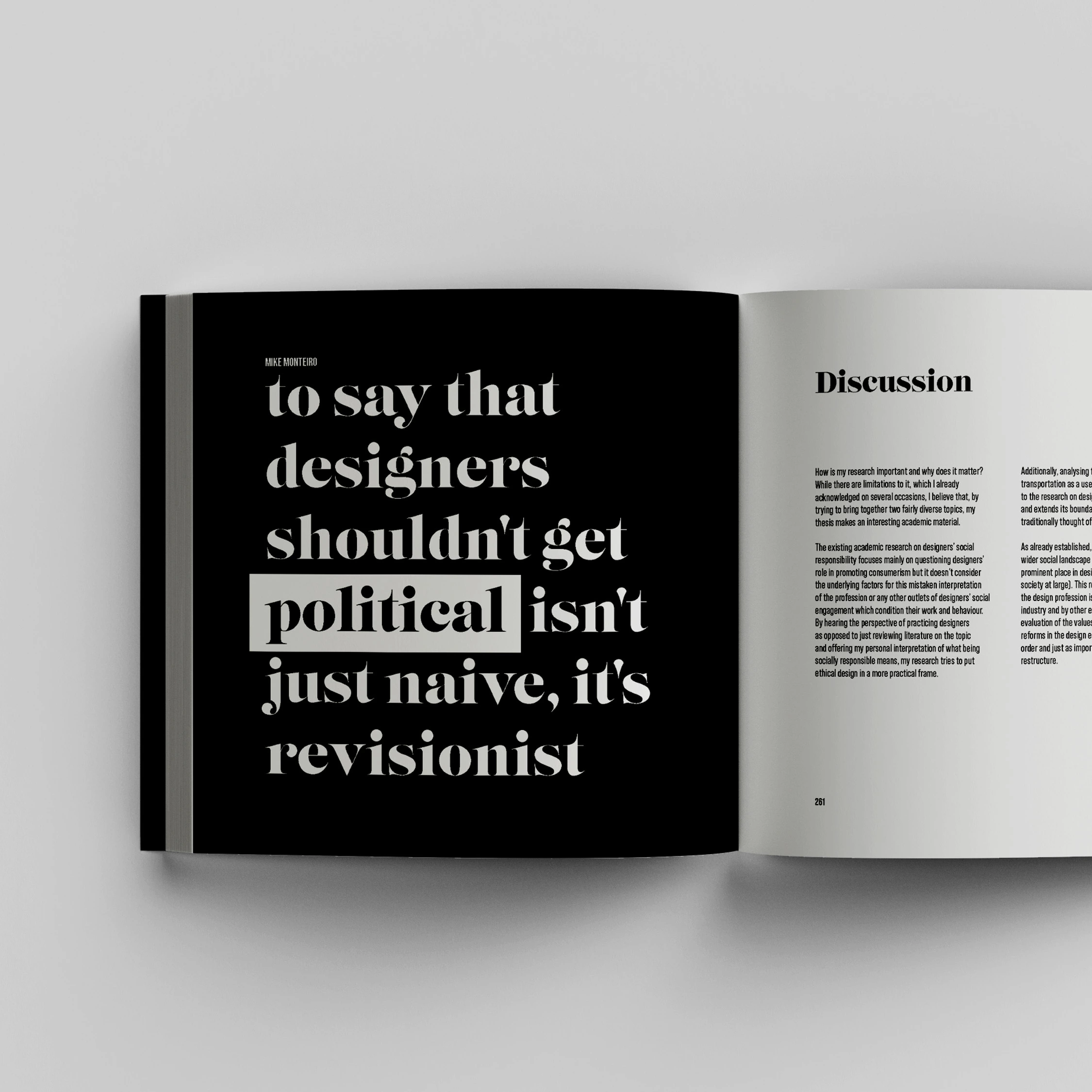




the project @ a glance
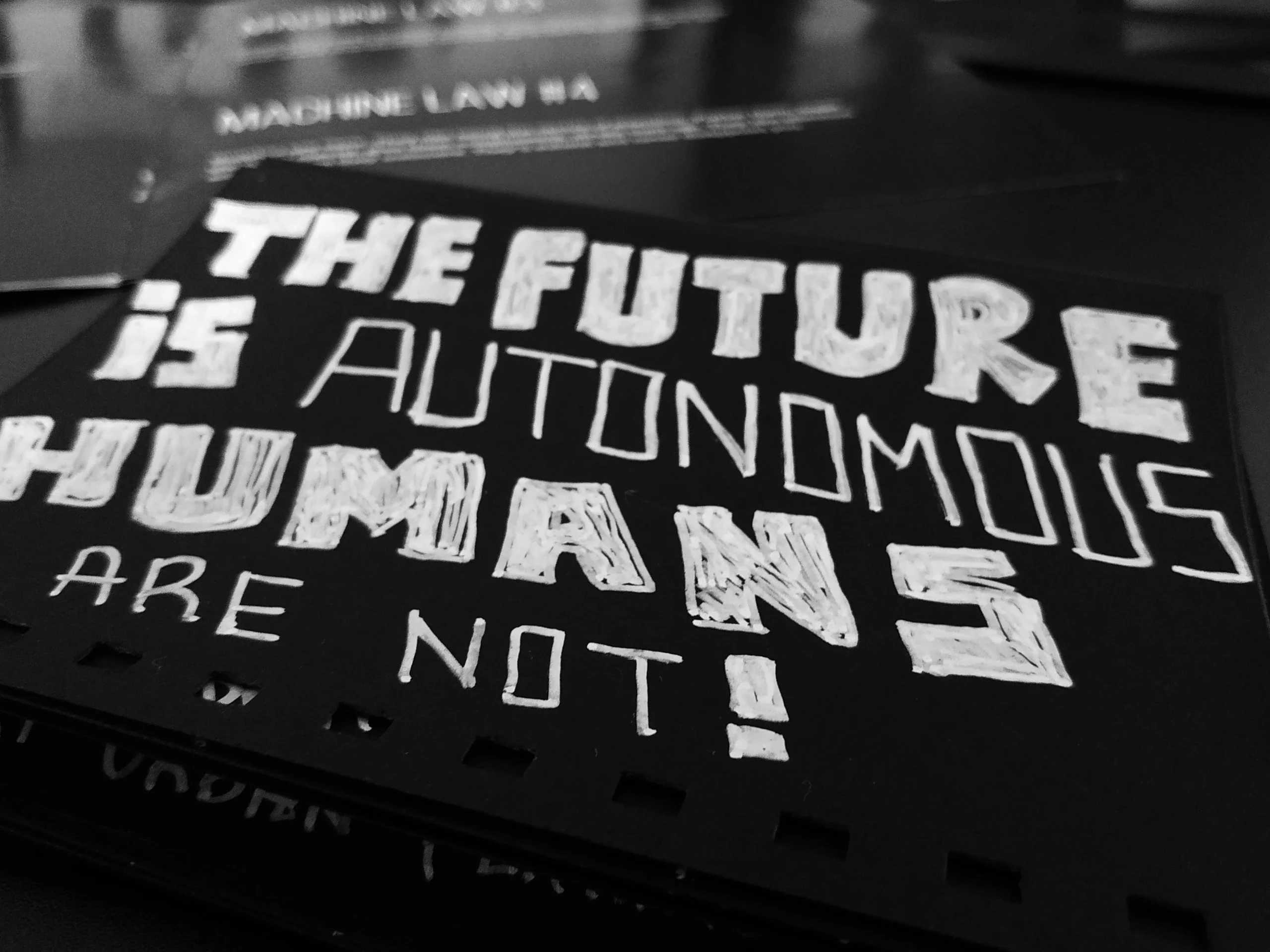
Background
I completed my Master's in Design in June 2020. As mentioned above, the subject of my thesis was the intersection between design, ethics and technology. I researched the development of disruptive technologies, and more specifically autonomous vehicles, in the context of designers' social responsibility.
I examined autonomous transportation from an ethics point of view and used it as a use case to contextualise what I perceive as social responsibility of designers, namely that design, apart from being an artistic occupation, it is also an intellectual one and so it should pay close attention to how societies evolve, and why designers should be critics of what is happening in their contemporary socio-political landscape.
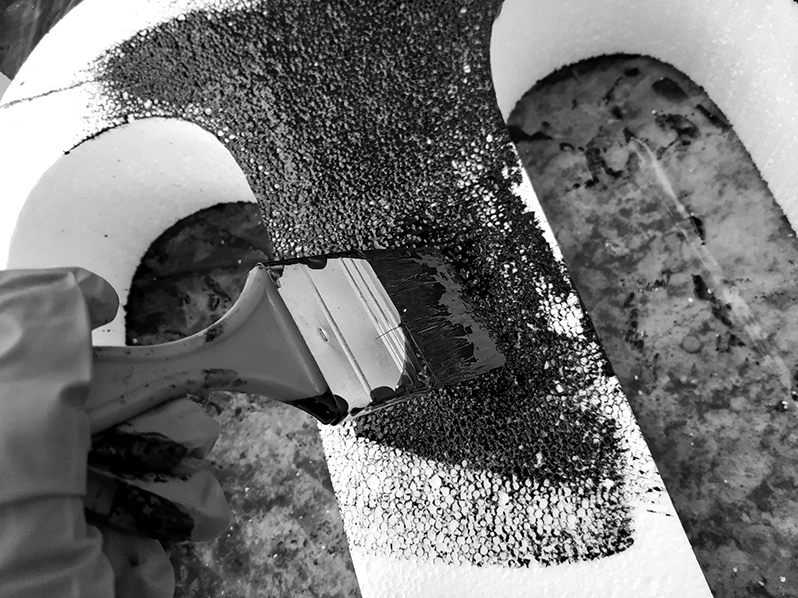
Method
The purpose of my thesis was rather about raising questions than providing answers. Through this project, I wanted to start a conversation about the role of designers in society as drivers rather than observers of the technological trends, of accepted behaviours and mindsets.
I conducted interviews with two groups of people: 1) design practitioners and 2) people from the public some of whom had connections to the development of disruptive technology. With the former, I discussed how they viewed their role in society and what they see as designers' social responsibility.
My conversations with the latter were focused on ordinary people's perception of the development of disruptive technology and more specifically autonomous transportation, and the social impact of such endeavours.
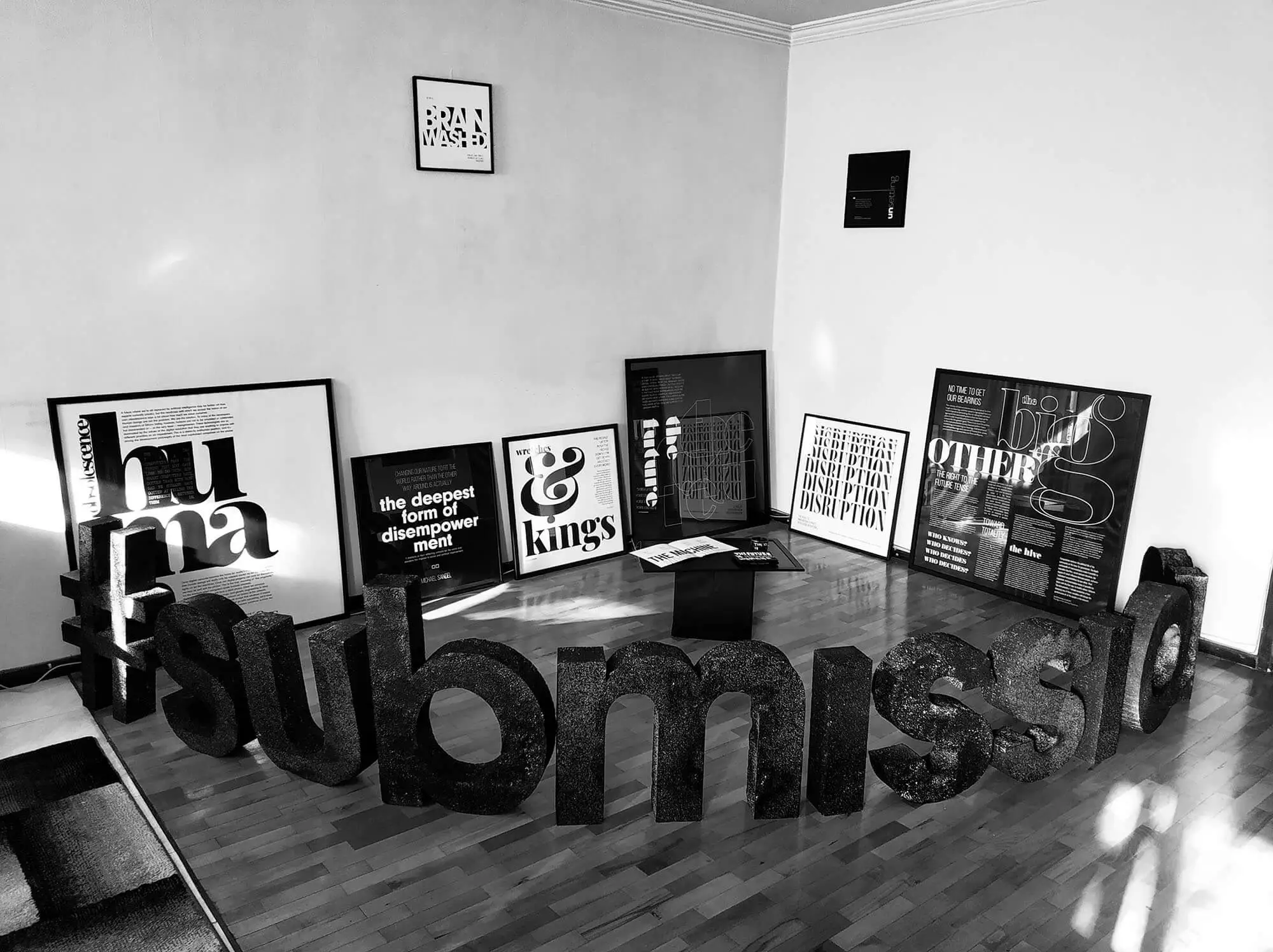
Virtual exhibition
The culmination of my research was the set up of a virtual exhibition, where I combined speculative design techniques and graphic design to create a space for reflection and debate.
I designed eight typographic posters with messages and quotes authored by academics and researchers who study the fields of human cognition, ethics and morality, and disruptive technology. Three of these messages were authored by me, one was an exceprt from a favourite song of mine.
Another artefact in my virtual exhibition was a fictional human user manual, a manifesto written from the perspective of a machine and essentially providing guidelines on how machines should view and interact with humans.
The third artefact in my exhibition was a set of sketches picturing a dystopian present-future. The last item in the exhibition was a prototype of a wearable technology, a kind of a tracking device.
I shared my virtual exhibition with a focus group of 10 people and collected their reactions through short interviews/conversations.
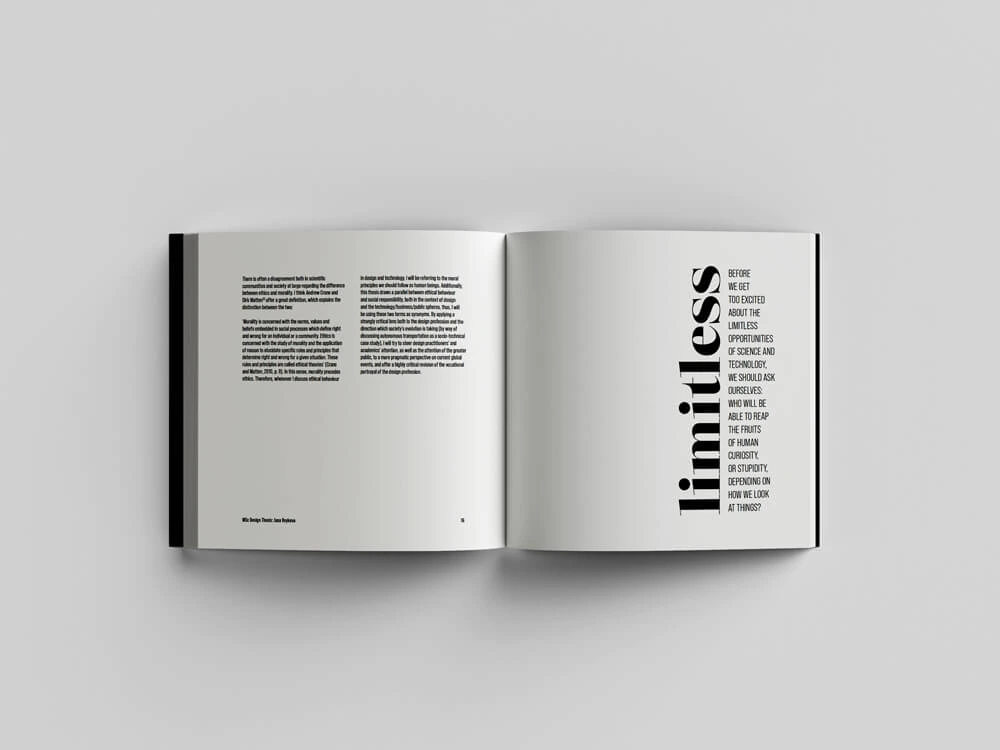
Booklet
I was planning to turn my thesis into a booklet to make it easier and more inviting to read but didn't manage to do so before my graduation. That is why I designed the booklet after I graduated.
I love squares so that is why I went with a square format. I also love black and white and in this case, the grey colour being the tones in between black and white complemented the focus of my thesis - I examined the topics of my research from an ethical point of view and ethics is often about the grey areas, the not so clear-cut answers, the raising of questions from a philosophical point of view.
I kept the design clean and minimalistic. As this is a thesis, the majority of the booklet content consists of paragraphs of text. To break them up and make the reading more pleasant, I created full-page quotes from the text. I also designed colour infographics which illustrate the results of two surveys I conducted during my research.
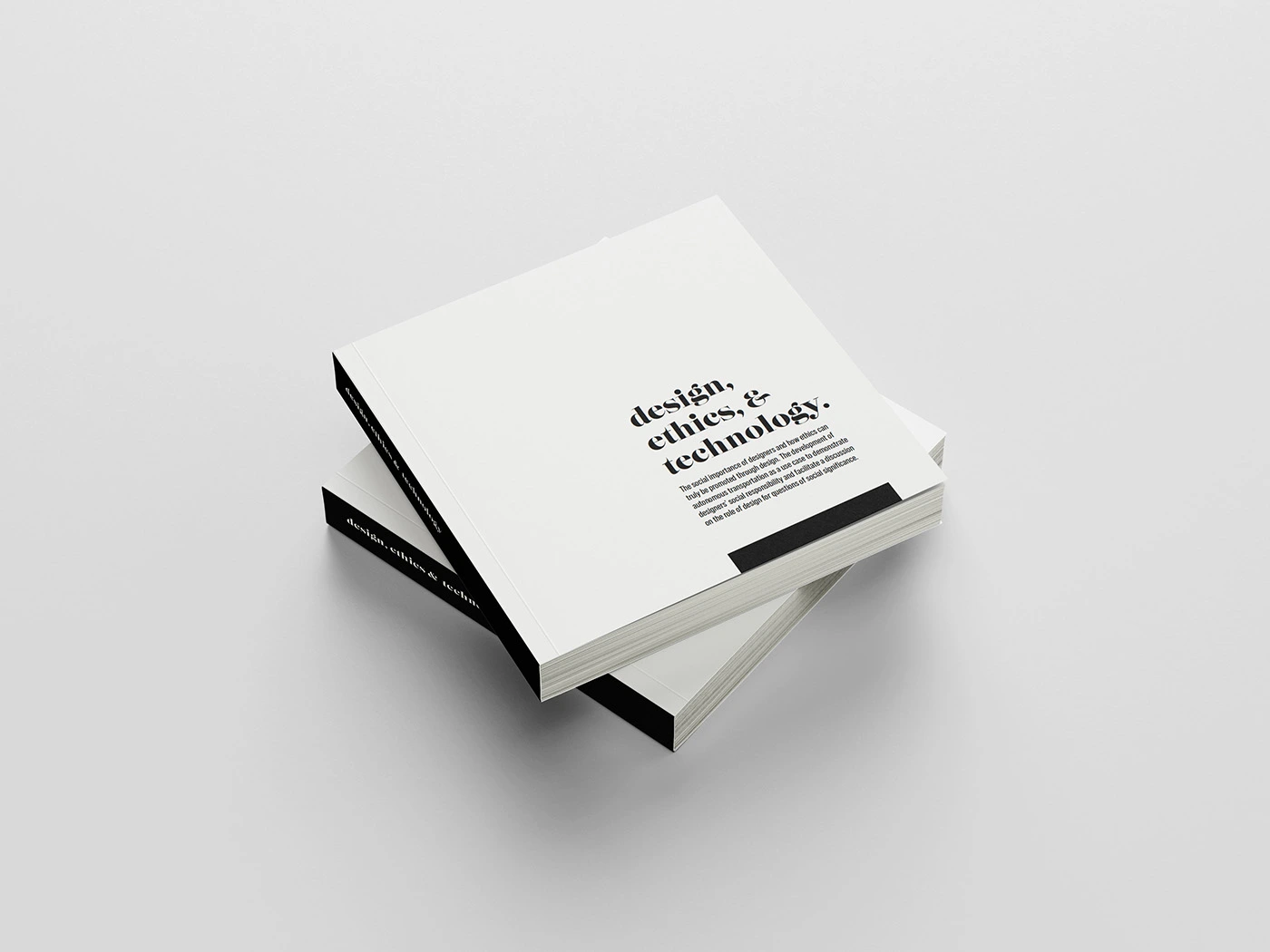



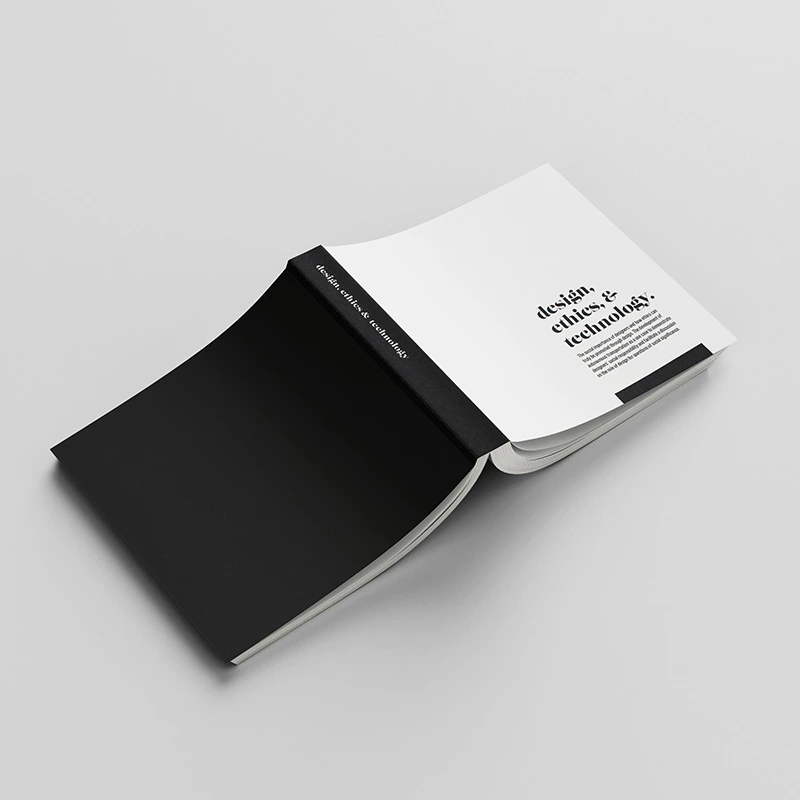



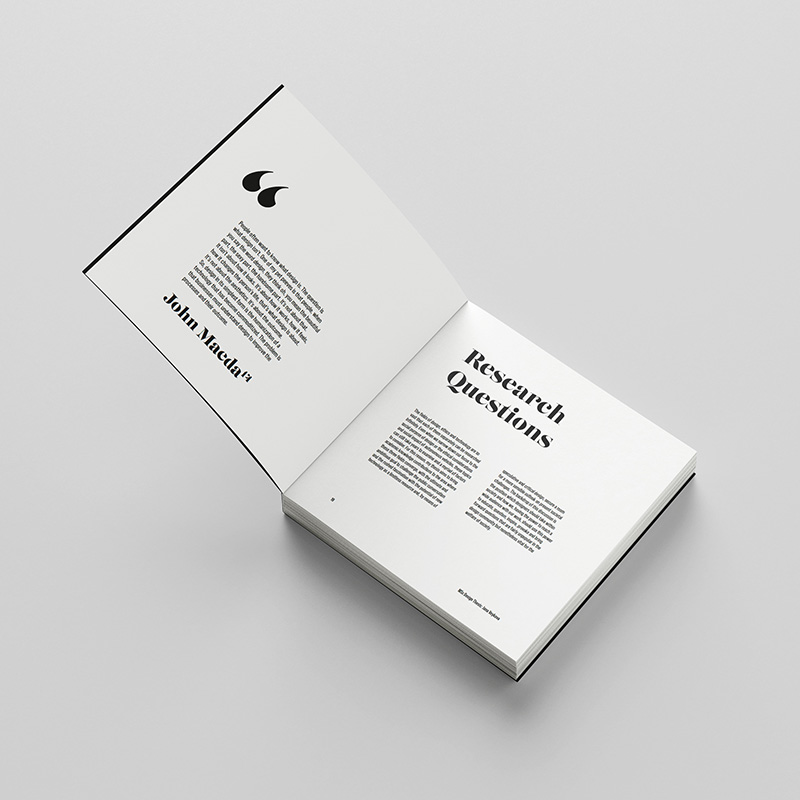


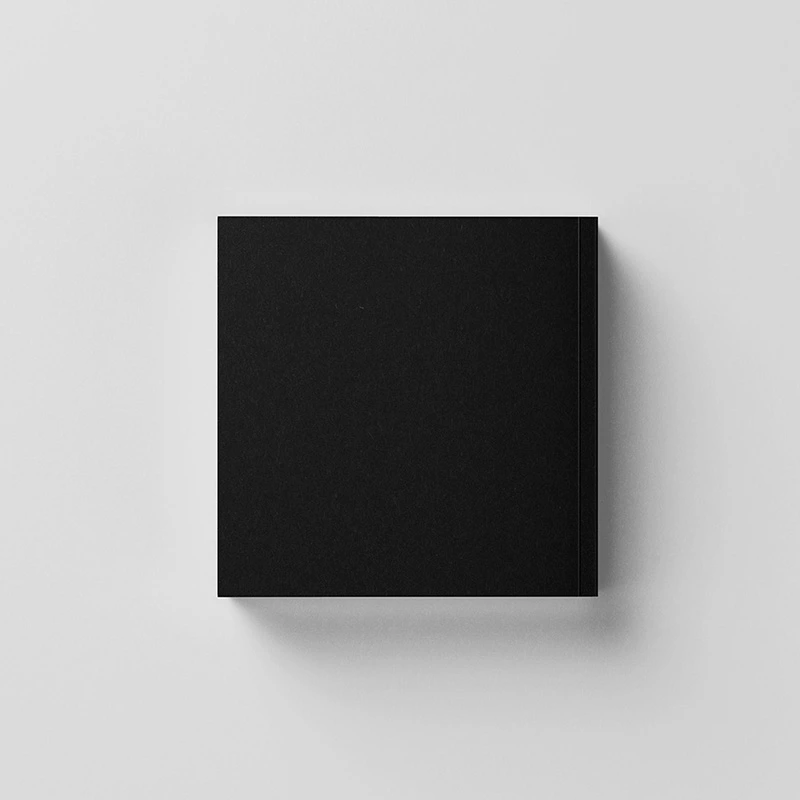

About me
I am an editorial designer based in Bulgaria. I love animals, especially cats, tattoos, and almost anything black and white. When I'm not designing, I read, write, drive, watch documentaries, listen to podcasts, and talk to people about random and not so random stuff.
My mission
I'm on a mission to help truly independent journalism get to people in a comprehensive and visually-appealing format, so that they can form their opinions freely and make decisions based on honest and truthful reporting.
What is editorial design?
Simply put, editorial design is the design of magazines, newspapers, books, and other media publications, be it print or digital. In other words, it's the visual representation of journalism and information intended for public use.
EMAIL | LINKEDIN | INSTAGRAM | TWITTER
© 2024 | dessutom